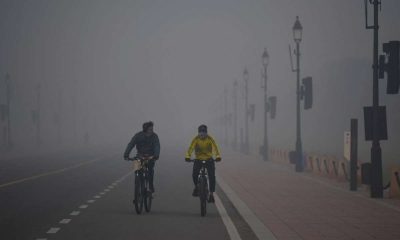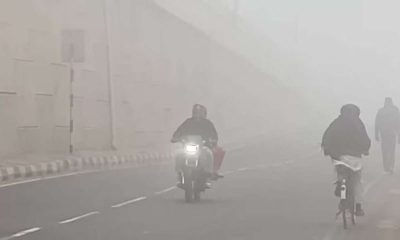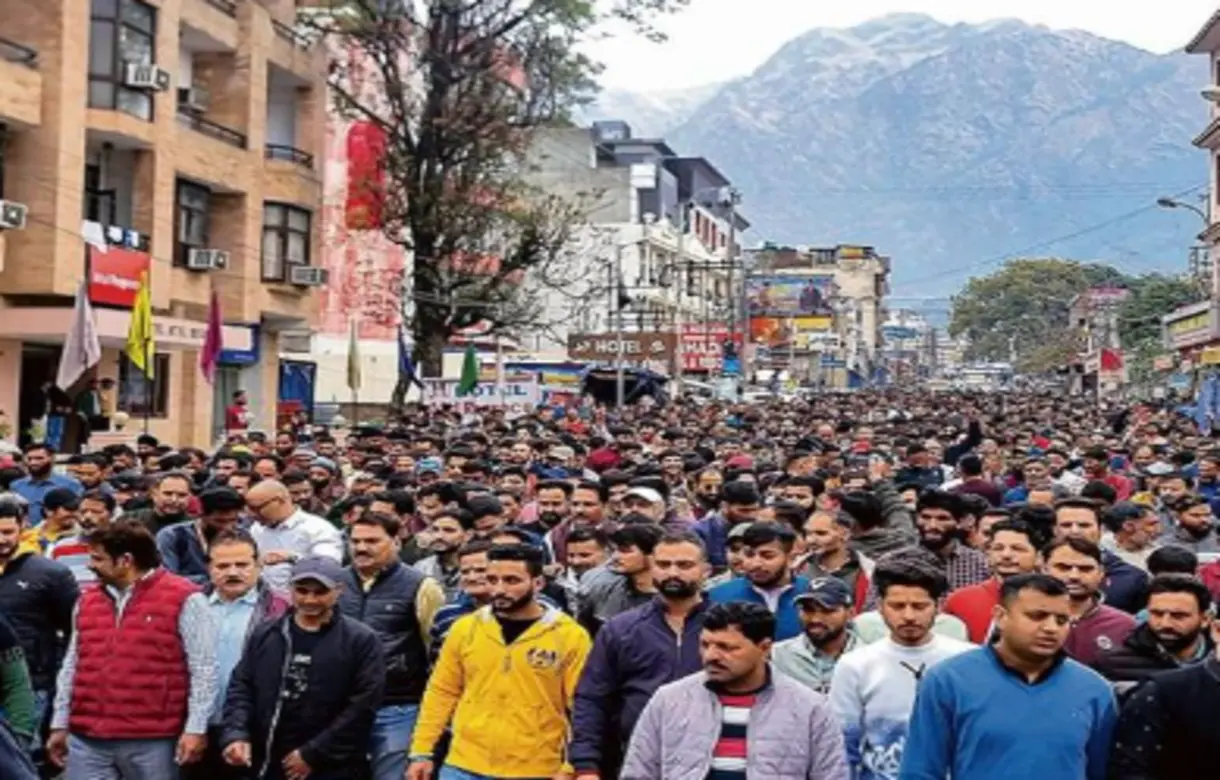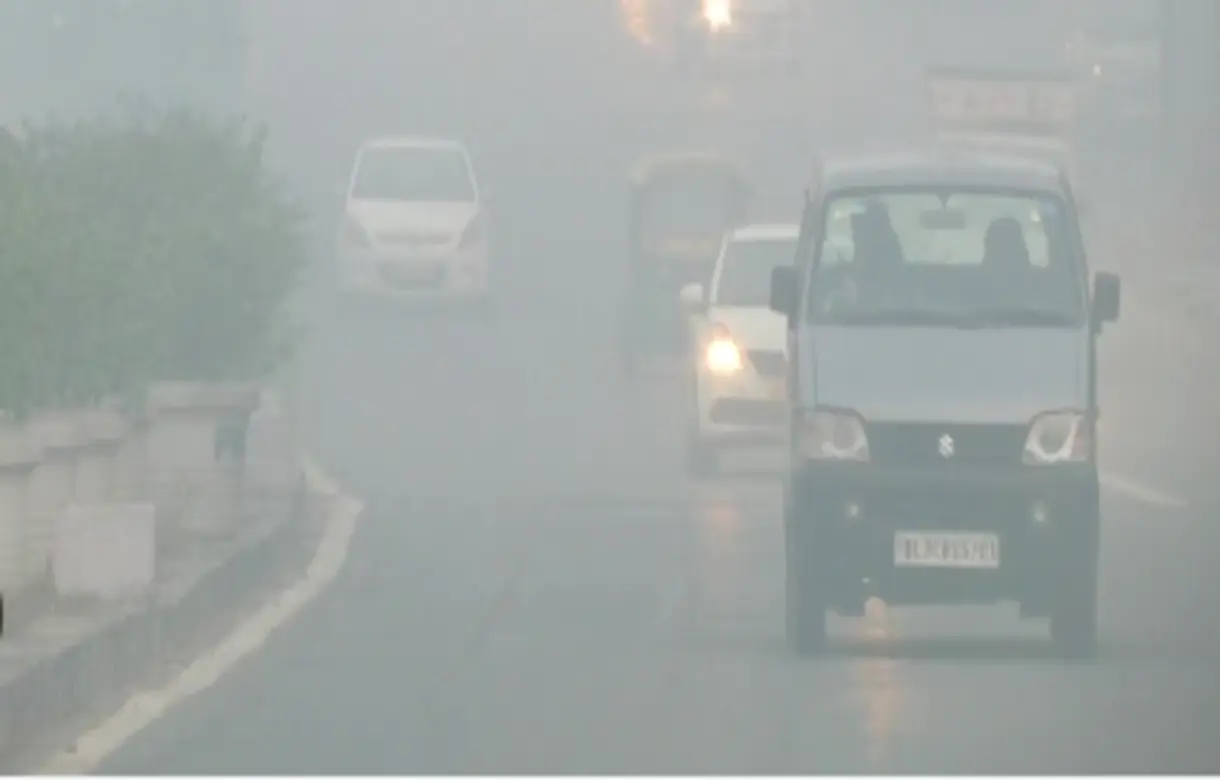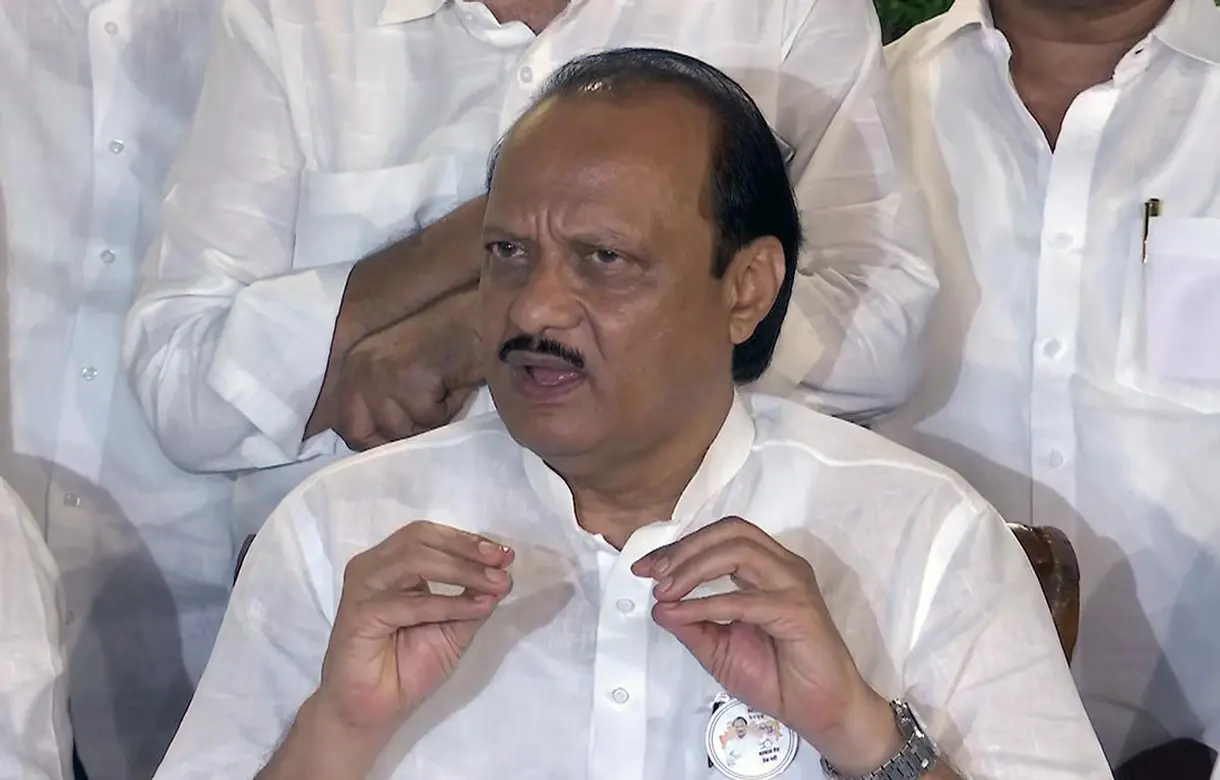Monsoon rains are expected to be average in 2018 with ‘zero chance’ of a drought, the country’s only private weather forecasting agency Skymet Weather has said.
Monsoon rains are expected to be 100 per cent of the long-term average, Skymet tweeted. Average, or normal, rainfall is defined as between 96 per cent and 104 per cent of the long period average (LPA) – a 50-year average which is around 887 millimetres for the entire four-month season beginning June.
The government’s India Meteorological Department will come out with its preliminary monsoon forecast in mid-April but has indicated that the chances of an El Nino disrupting monsoon are slim. The El Nino, an abnormal warming of the ocean surface in central and eastern equatorial Pacific, is usually associated with weak monsoons.
“2018 is likely to remain normal at 100 per cent [with an error margin of +/-5 per cent] of the long period average [LPA] of 887 mm for the four-month period from June to September,” said Skymet.
“India is most likely to witness normal annual Monsoon rains at 100 per cent of the Long Period Average (LPA),” Skymet Weather said in a statement. “The onset month of June and the withdrawal month of September give a promising picture in terms of good countrywide rainfall distribution. Meanwhile, July and August may see comparatively lesser rainfall. To be precise, August would be a shade poorer than July,” it added.
So, while the rains would be ‘normal’ overall, farmers may have some reason for worry: June is likely to receive excess rainfall, but there is, on average, a 30 per cent chance that the key months of July and August would see ‘below normal’ – more than 10% deficit in their normal quotas – rains. July and August cover the crucial sowing and post-sowing season. These months bring in half the monsoon rains and are crucial for a good harvest.
In terms of geographical risk, Skymet expected that Peninsular India along with major portion of northeast India was likely to be at “higher risk of being rain deficient throughout the season”.
About the pre-monsoon heat across the country, Skymet said it “is a positive indicator and points towards normal monsoon”.
“Similar conditions are presently prevailing across the country. In fact, weathermen are of the view that pre-monsoon season would be slightly below normal, paving the way for intense heat before the onset of monsoon.”
Last year, India got 95 per cent of its normal monsoon quota. June and July got more than their usual quota while August and September saw significant deficits.
Skymet also said that there is nil possibility of a big nationwide drought or deficient rainfall when the total cumulative seasonal rainfall across the country falls below 90 per cent of LPA. There is 80 per cent chance of the southwest monsoon to be normal (between 96-104 per cent of the LPA) this year.
Besides ‘normal’, Skymet drew up three more scenarios likely for the season, ranging from below normal to excess rainfall with an error margin of plus-minus 5 per cent.
There are 20 per cent chances of above normal which is between 105 to 110 per cent of LPA.
Chances of normal, which is seasonal rainfall between 96 to 104 per cent of LPA, are 55 per cent.
Below normal rainfall, which is between 90 to 95 per cent of LPA, are 20 per cent.
There is “0 per cent chance of drought or seasonal rainfall that is less than 90 per cent of LPA”, the forecaster said.
Giving month-wise details, Skymet said that monsoon rains in June would be 111% of the Long Period Average (LPA) with 90 per cent chance of it being normal. June gets around 164 millimetres of rainfall.
July rains are expected to be 97 per cent of the LPA with 70 per cent chance of it being normal. The country receives around 289 millimetres of rainfall in July, which is also the highest in the four-month monsoon season that starts from June. The month is also crucial for sowing of most kharif crops.
In August, Skymet said that country is expected to receive rains equivalent to 96 per cent of LPA with 65 per cent chance of them being normal. The country receives 262 millimeters of rainfall in August.
In September, the country is expected to receive rains around 101% of LPA with 80 per cent chance of them being normal. India gets around 173 millimeters of rainfall in the last month of the monsoon season.
Almost 70 per cent of India’s annual precipitation comes in the months of June to September. The southwest monsoon is critical not only for agriculture growth as less than half of the cultivable land is under irrigation, but also boosts the general economy and helps in rejuvenating reservoirs and groundwater sources.
The 2017 southwest monsoon season India received ‘below normal’ rainfall at 95 per cent of the LPA as against the IMD’s forecast of rains to be normal at 98 per cent of the LPA with a model error of plus and minus 4 per cent. Skymet had predicted a ‘below normal’ monsoon in 2017.
The monsoon started well in June and July but there was an extended break from August till early September which pulled down the total cumulative seasonal rainfall. Around 216 districts in the country received deficient rainfall in 2017 southwest monsoon season. Three state governments of Chhattisgarh, Madhya Pradesh and Rajasthan covering 270 tehsils in 52 districts officially declared drought.

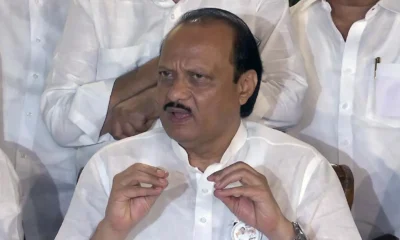
 India News7 hours ago
India News7 hours ago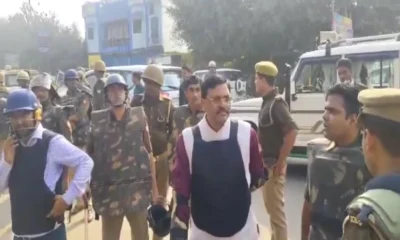
 India News8 hours ago
India News8 hours ago
 India News5 hours ago
India News5 hours ago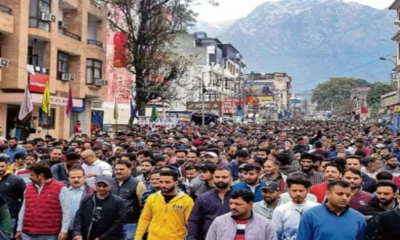
 India News4 hours ago
India News4 hours ago








